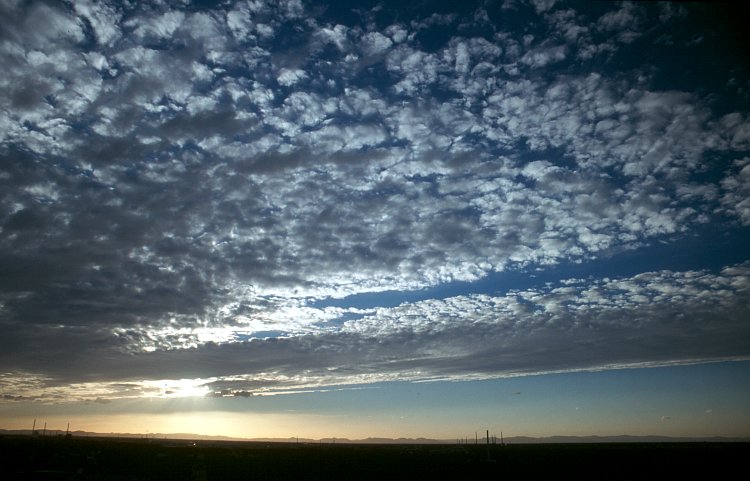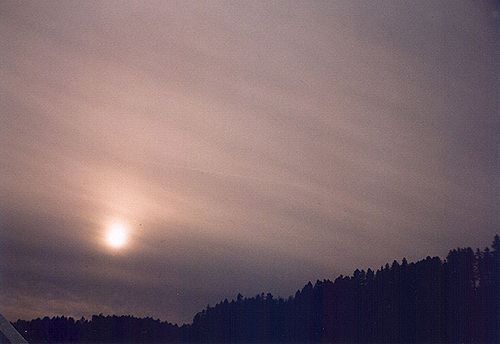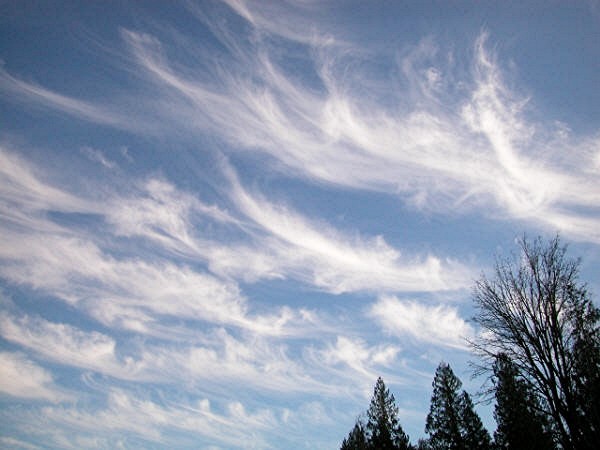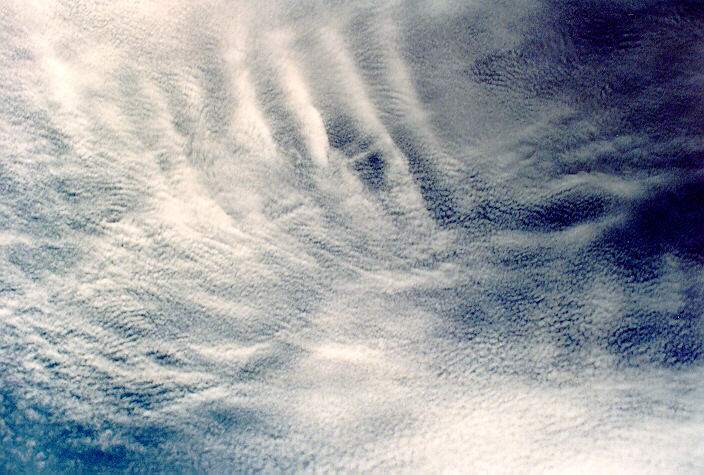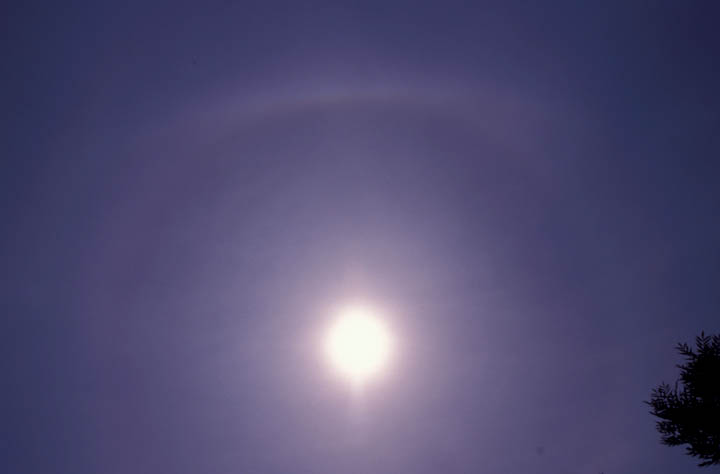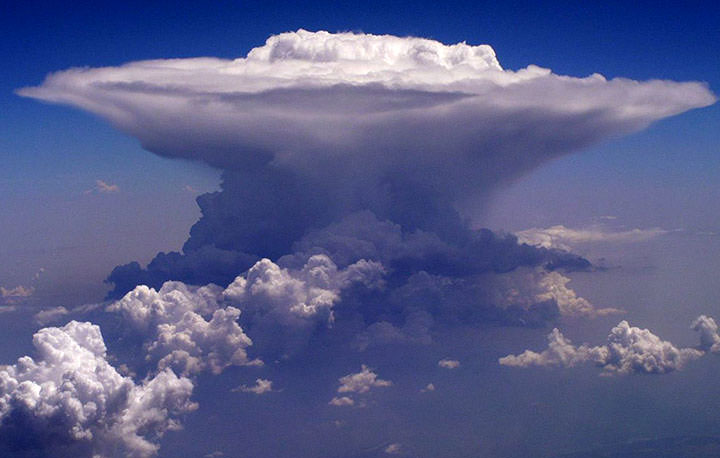| Term |
Latin Root
and
Meaning |
Description |
Picture |
| Lenticularis |
lens, lenticula
lentil |
Clouds have the shape of a lens or
an almond, elongated and with well defined outlines. This term
applies to mostly cirrocumulus, altocumulus, and stratocumulus
clouds. |

Source:www.sternwarte-singen.de/bilder/lenticularis_wolke_190805_ha222vss.jpg |
| Fractus |
Frangere
to break or
fracture |
Clouds have a ragged or torn
appearance. This term applies to only stratus and cumulus clouds. |

Source: www.dmi.dk/dmi/fractus.jpg |
| Humilis |
humilis
of small size |
Cumulus clouds with flattened bases
and slight vertical growth. |

Source:
www.weatherpictures.nl/pictures/humilis079801.jpg |
| Congestus |
congerere
to bring
together
to pile up |
Cumulus clouds of great vertical
extent that looks like a head of cauliflower. |

Source:
www.top-wetter.de/lexikon/c/congestus.jpg |
| Calvus |
calbus
bald |
Cumulonimbus clouds with at some of
the upper part beginning to lose its outline. |
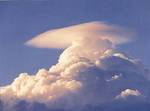
Source:
www.wildlandschool.net/curric/quiz/clouds/Comulonimbus%20with%20Pileus.jpg |
| Capillatus |
capillus
hair
having
hair |
Cumulonimbus characterized by the
presence of cirriform clouds with fibrous or striated structure in
the upper portion of the cloud. |

Source:
members.lycos.nl/wolkenatlas/Cb%20capillatus%20incus.jpg |
| Undulatus |
unda
wave
having waves |
Clouds in patches, sheets, or layers
showing undulations. |
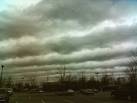
Source:
www.wral.com/2006/0125/6433563.jpg |
| Translucidus |
translucere
to shine
through
transparent |
Clouds that cover a large portion of
the sky that are translucent to reveal the sun or the moon. |

Source:
www.ems.psu.edu/~lno/Meteo437/clouds/ScstundCufra.jpg |
| Incus |
incus
anvil |
A smooth cirroform mass of a cloud in
the upper part of a cumulonimbus that is anvil-shapped. |

Source:
www.auf.asn.au/metimages/milthorpeincus.jpg |
| Mammatus |
mamma
mammary |
Baglike clouds that hang like the
udder of a cow on the underside of the cloud. This can occur with
cirrus, altocumulus, altostratus, stratocumulus, and cumulonimbus. |
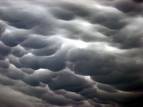
Source:
springcreekforest.org/images/Mammatus-Clouds2.jpg |
| Pileus |
pilus
cap |
A cloud in the form of a cap or hood
above or attached to the upper part of the cumuliform cloud, mostly
during the development stage. |

Source:
www.yorku.ca/esse/atmos/image/pileus-cloud2.jpg |
| Castellanus |
castellum
a castle |
Clouds that show vertical development
and produce towerlike extensions in the shape of small castles. |

Source:
www.meteo-julianadorp.nl/wolkenatlas/altocumulus/ac_castell002.jpg |




